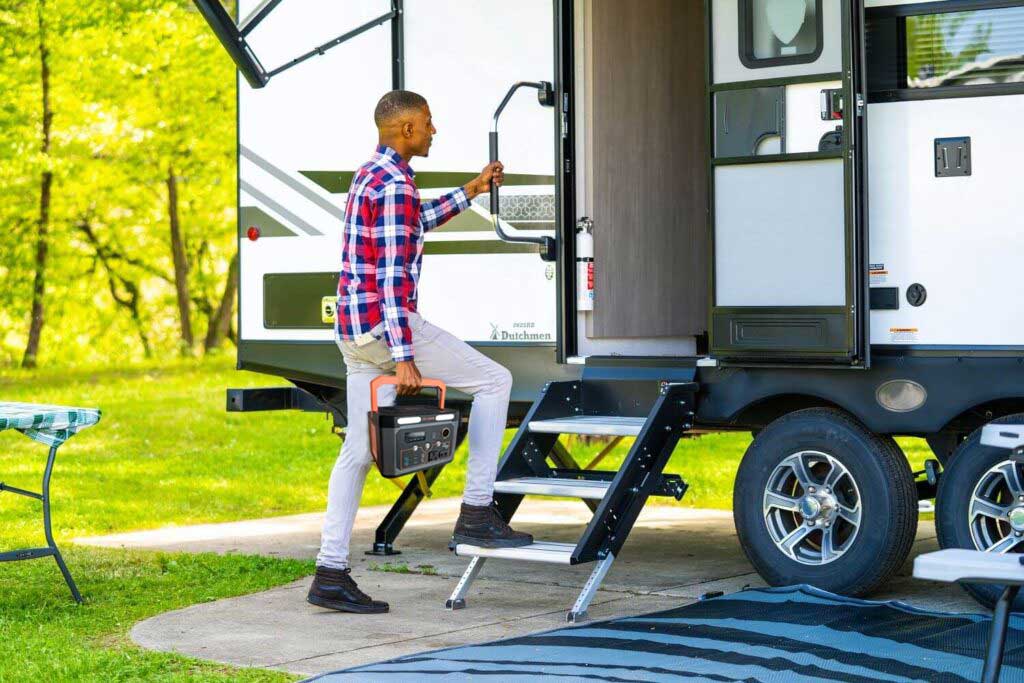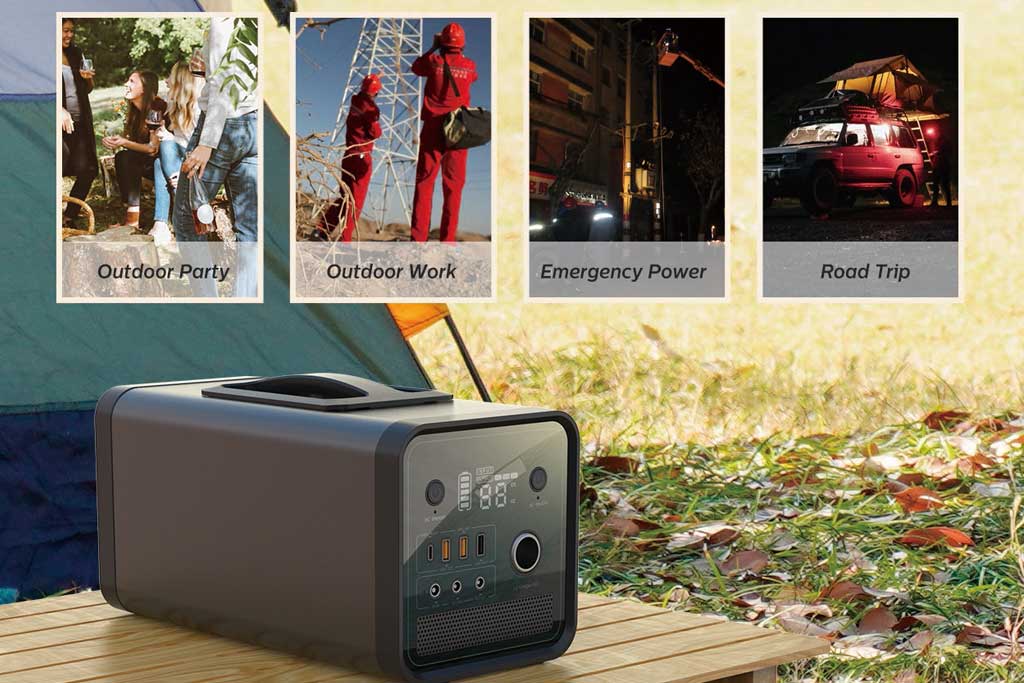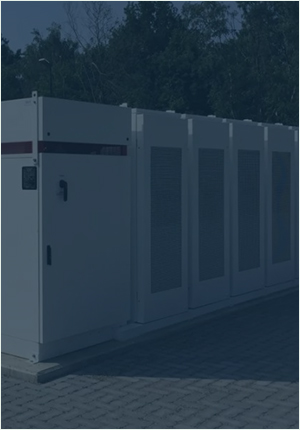2023-09-05 Author : CXJPowers
There are many styles of portable battery power supply, how to choose portable power station is right for us? The portable power station is a mobile power bank that we can easily move and carry. Many factors must be considered before purchasing. Based on extensive research and personal experience, we've crafted a guide to help you choose the best portable power station for your needs.
A portable power station is a type of energy storage battery power station that uses a group of LiFePO4 batteries to store electrical energy. Today's portable power stations are generally small in size, easy to carry, high capacity, and support multiple charging methods. Portable power stations can be used in a variety of applications, from eco-camping to outdoor activities to unexpected power outages. They're also easily rechargeable via an AC wall plug, Bluetooth, a solar panel, or even your car's 12-volt port.

When choosing a power station, finding the right balance between portability and performance is key. Smaller power stations are lightweight and portable, but have limited battery capacity. Larger mobile power bank, while more powerful, can be heavy and less portable. So finding the right balanced power supply for your needs is critical. Here's how to choose portable power station that is right for you.
One of the most important parameters for a portable power station is the capacity of the liFepo4 storage battery pack. Battery capacity is measured in watt-hours (Wh), which represents how many watts of power the portable power station provides per hour, and the higher the wattage, the better.
For example, a typical smartphone uses only 5 watts to charge, while a refrigerator needs 100 to 250 watts to run. Generally speaking, the more watt-hours, the longer the device will be powered; the greater total output capacity makes it easier for you to power more devices at the same time.
CXJPowers portable power stations range between 100 Watts and 5500 Watts output. So figure out what electronic or electrical device you want to power and make sure the power station you choose is rated to handle the maximum wattage.
Keep in mind that home appliances typically use more watts per hour than small devices like a phone or tablet. Thus, you'll need more battery capacity to power your home than you would in other situations like camping. You should plan on getting a minimum capacity of 3,000 watt hours to ensure things run smoothly.

Most portable charging stations offer plenty of outputs: USB ports, wireless charging, AC ports, DC ports, and more. 8 to 12 output ports are sure to meet your needs to charge different devices at the same time, including 110V outlet, USB-A and USB-C ports, 12V accessory port and 12V barrel connector. The wireless charging pad on the top greatly facilitates charging your phone. From mini fridges to LED lights, CXJPowers power station is a great storage options for camping and emergency use.
The primary methods of charging a portable power station are by plugging into a wall outlet, connecting to a solar panel, and plugging into your vehicle's cigarette lighter or 12-volt accessory outlet. Charging during a power outage is critical. Look for options - solar power is a must, although most solar panels are an extra cost. But having an adapter that allows you to charge from your car, for example, gives you one more option on cloudy days, and being able to combine two or more charging methods for faster charging is a great feature. Charging via the cigarette lighter socket in your car can be very slow, but it will still work and might be a good option in an emergency.
When choosing a portable power station, check the charging time specifications to see how well it will perform. A device that supports faster charging means you'll spend less time waiting for it to be ready and more time doing the things you love.
5. What Are the Considerations of A Power Station's Size & Weight?
Small and light power stations are easy to carry, but compared with large power stations, they store less electricity and can only meet the power supply requirements of a small number of power-consuming devices. If portability is important, you may have to trade performance for size. If you can accept heavy weight, you can choose a large capacity power station.
In addition to larger batteries and greater power output, larger devices also tend to have more charging ports. This can be important if you plan to charge multiple electronic/electrical devices at the same time. It is recommended to find a balance between portability and usability based on your specific needs.
How to choose portable power station for emergencies, outdoors, home? We have to consider many factors. From battery capacity, power output, charging options, size and weight, to LED lights, built-in flashlight, mobile app compatibility and more. By considering all the important options, you will be able to find the portable power station that is right for you.
-------------------
Welcome To Customize LiFePO4 Portable Power Supply. Contact Us Now!
CXJPowers provides one-stop customized portable power, LiFePO4 battery pack, emergency energy storage solutions, and support OEM&ODM services.



